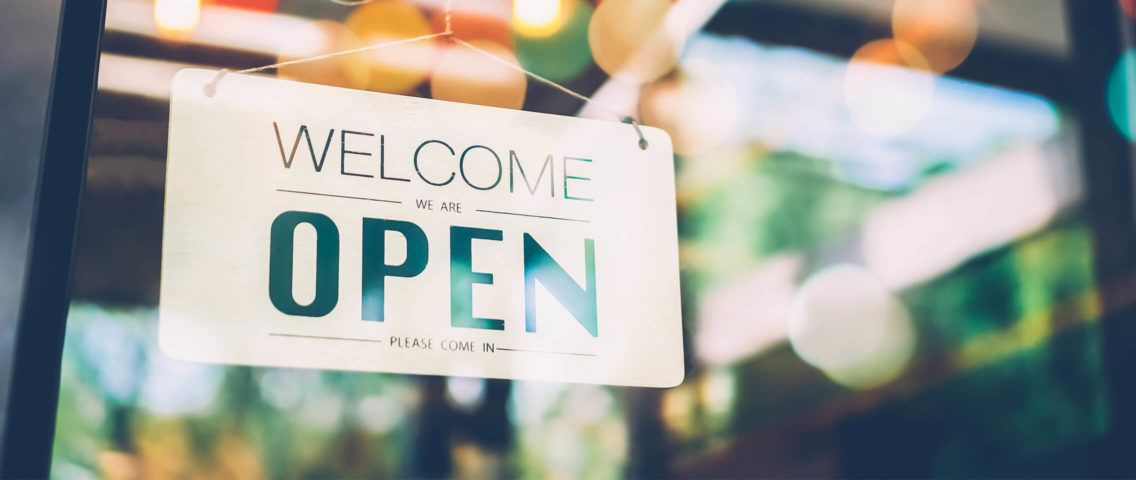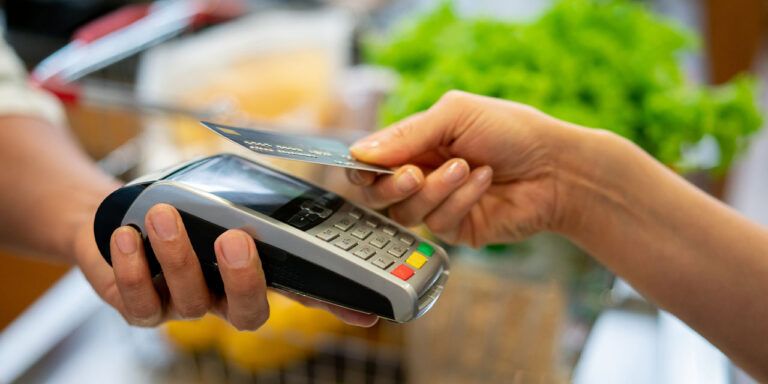Are you ready for a return to in-store shopping?
May 13, 2020 • 4 min
As of this writing, stores in several countries, including the United States, are already reopening or will be able to reopen within the next few weeks with appropriate protective measures in place. While retail businesses may have temporarily shifted to focus on managing online sales, it’s time to get ready for the fresh opportunities that returning foot traffic will bring.
Encourage In-Store Purchases
Ecommerce operations helped keep many businesses afloat while stores were closed, but online shopping margins are much lower than those for in-store purchases. In addition, people shopping in stores are more likely to make impulse purchases or buy more items than they might when shopping online. Thus, retailers need to draw customers away from the online experience they’ve become accustomed to over the past few months and back into stores.
To encourage customers to return to brick-and-mortar locations, look to implement online promotions that tie to in-store activities. For example, include a coupon with online orders above a certain threshold for an in-store discount to be redeemed at a future date, or offer a bonus discount for making an in-store return rather than shipping the item back. You may also want to limit the availability of some newer inventory items to in-store only for the first few weeks of reopening. These types of incentives will help to bring customers out of their homes and to the stores.
Bridge Online Orders and In-Store Purchases with Click-and-Collect Programs
Encouraging customers to return to physical locations doesn’t necessarily mean that in-store purchases will automatically increase. Not all customers will be ready to make purchases the way they used to, even when businesses are vigilant about cleaning and social distancing, so it will be necessary to establish a bridge between online ordering and in-store shopping. This can be accomplished with a click-and-collect (also known as buy-online-pickup-in-store or BOPIS) shopping model.
For many customers, click-and-collect purchases are an attractive compromise, combining the immediacy of in-store shopping with the perceived safety of online ordering. This model is not new—one study found that 68% of US consumers had made multiple click-and-collect purchases in 2019, while a more recent poll noted that 44% of retailers currently offer curbside pickup. Now is the perfect opportunity to set up this type of service if you haven’t already. It can help keep in-store inventory moving, even if the customer does not make a purchase themselves directly off the shelf.
The establishment of a new or upgraded click-and-collect program requires a close review of staffing needs. Businesses are likely to need more staff than would have been required pre-pandemic to handle picking, packing, and delivering orders to customers, whether in the parking lot or at a dedicated counter inside the store. This reorganization can be made easier with an AI-based workforce optimization tool that gives insight into the skills and requirements of the available workforce pool.
Review and Update Offerings to Adapt to Post-Pandemic Behavior
During the early days of the coronavirus, the focus for many people was on the purchase of essentials like shelf-stable groceries and household paper goods, with a decrease in demand for items deemed nonessential. As more stores reopen, that demand imbalance is going to level out and provide new sales opportunities as people get back to shopping for what they want as well as what they need. Planners should carefully place orders to ensure that what customers will find on shelves is both seasonally appropriate and compelling.
For example, as stay-at-home restrictions are lifted, people are going to want to find as many reasons as possible to get together. Instead of canned beans, shoppers are likely to stock up on cake, balloons, and other party supplies (especially for events that may have been postponed, such as birthday parties and graduation celebrations). Shoppers may also continue to indulge in hobbies they took up while they were home, so there could be a potential surge in purchases of related items, such as DIY or gardening supplies. Review your local market and align stock levels to ensure that there is an adequate supply of products for which you expect increased demand to avoid stockouts.
To further boost purchases of existing inventory, consider strategic markdowns and promotions. Online, promote discounted bundles of related items (for example, laundry detergent, fabric softener, and stain remover) that can only be picked up in a store. These bundles can be put together ahead of time, making them easier for employees to pick, and they will give customers another reason to visit a physical store.
Within the store itself, review the layout and make adjustments to up the appeal of new merchandise and increase sales. Then, ensure that you have the right assortment of products available for returning customers, who will be looking at shelves with fresh and excited eyes. If you previously cut back on variety within product lines, this is an ideal time to reintroduce those items.
Make Short-term Adjustments to Your Inventory Management System
Take the time to make manual adjustments to your forecasts as needed while your stores open up again to the general public. In the short term, your inventory needs may differ from what your system had initially forecast pre-pandemic. However, an AI-based system will quickly make the necessary algorithmic changes to provide you with trustworthy forecasts based on trends and weather over the next few months.
Use Data to Prepare for the “New Normal”
A data-driven mindset is going to be critical as everyone moves into a “new normal” over the next weeks and months. While we can’t predict precisely how shopping behaviors are going to change, retailers can use data to spot trends as they arise. The key will then be to quickly react and respond to these trends to continue providing shoppers with a positive experience that aligns with their expectations.
By combining a data-based approach with curbside pickup services, an updated floor plan, and refreshed inventory, retailers will be in a great position to handle whatever comes next. Stores will be ready to welcome the foot traffic that is about to come back and to embrace the renewed excitement that it will bring along.



